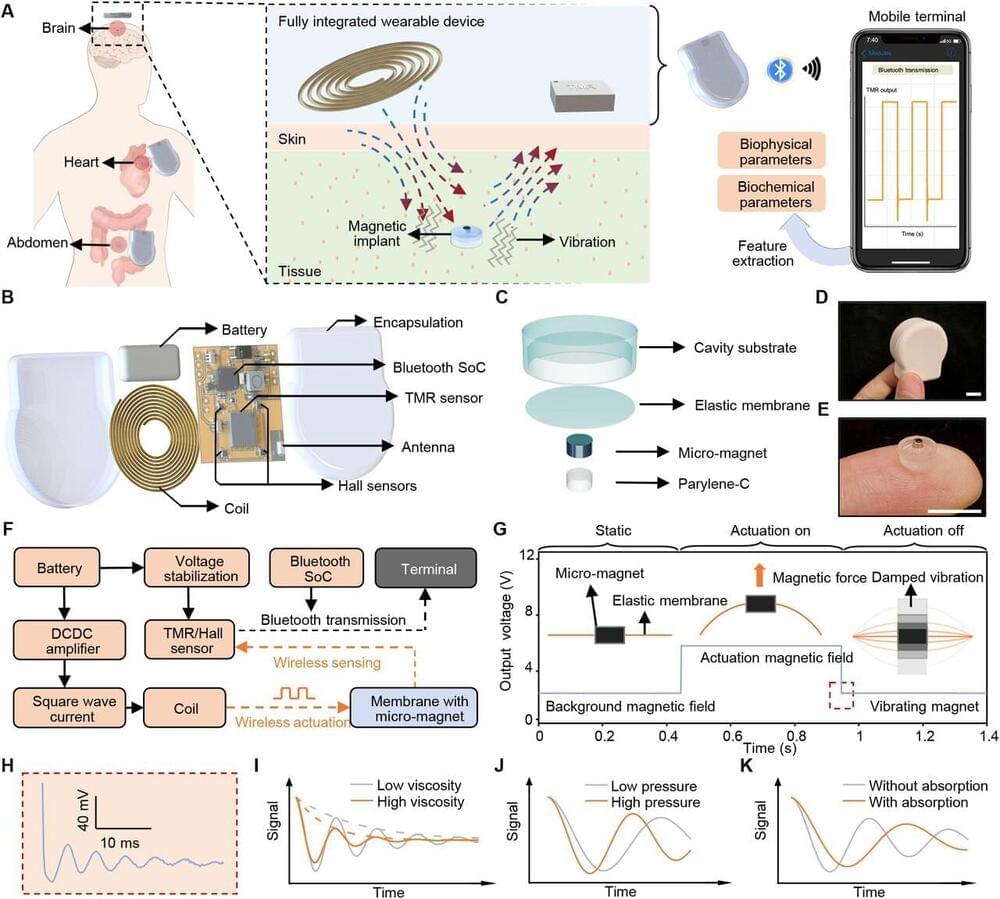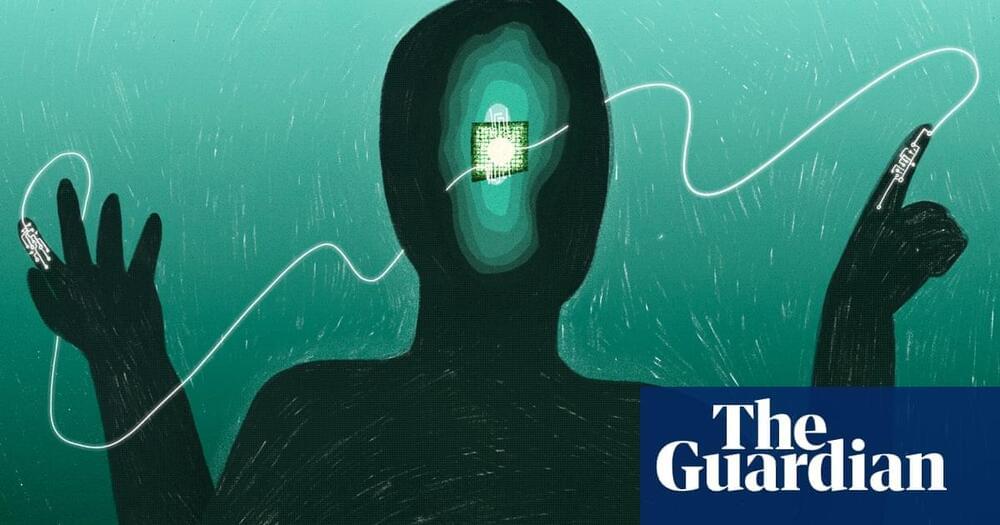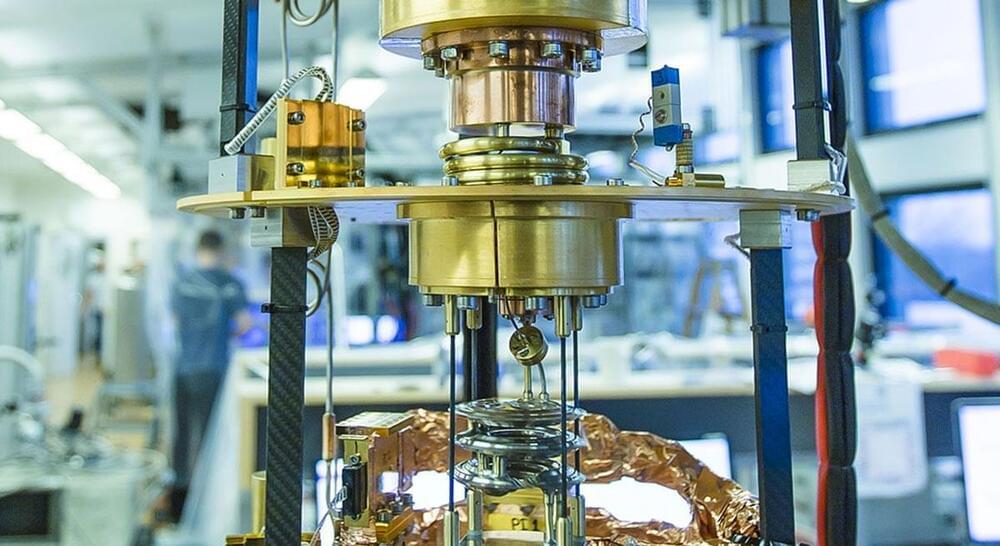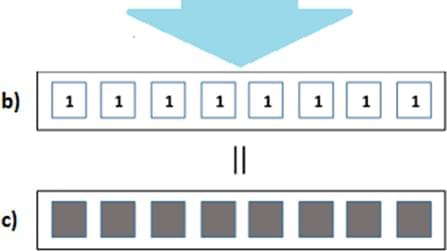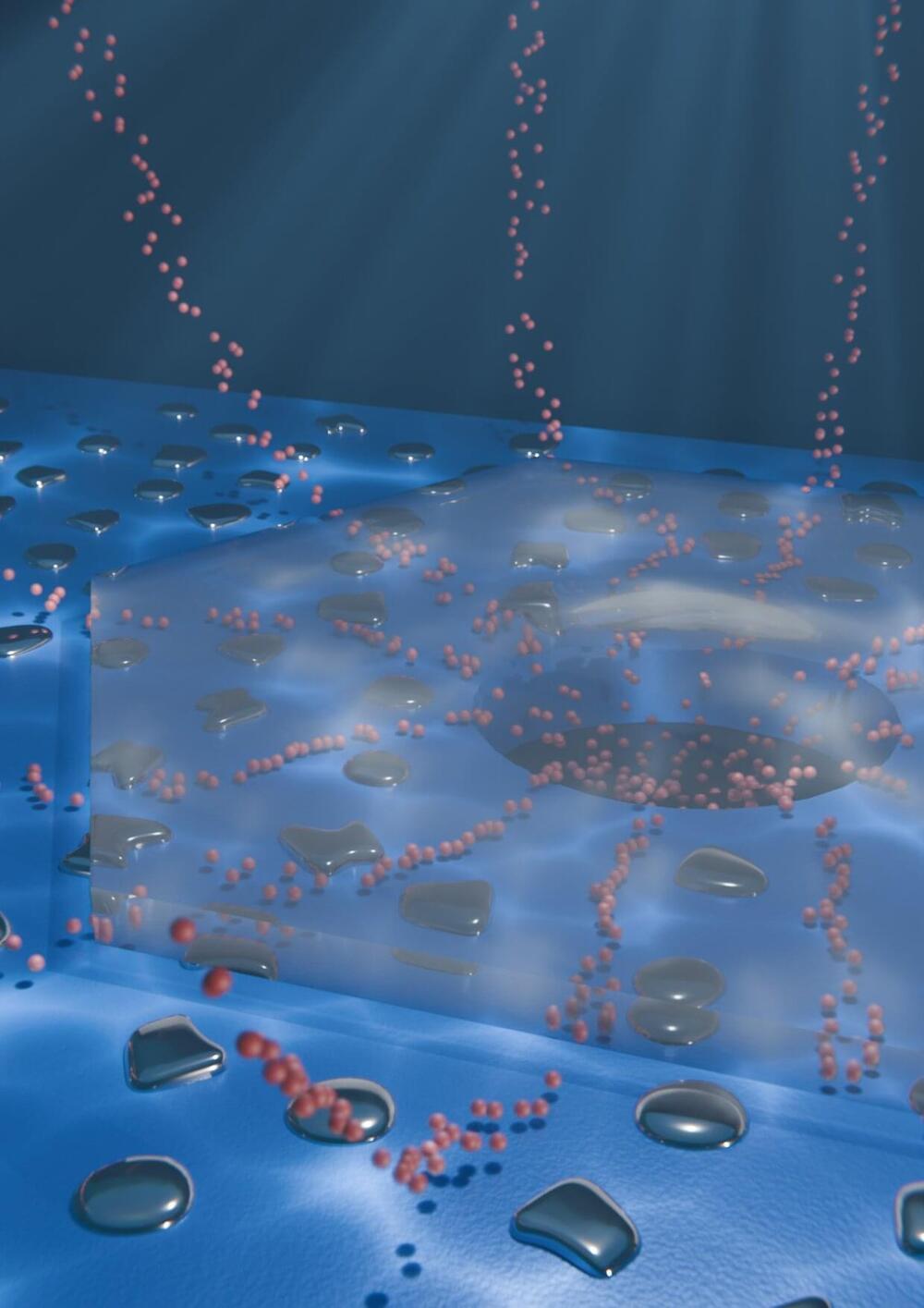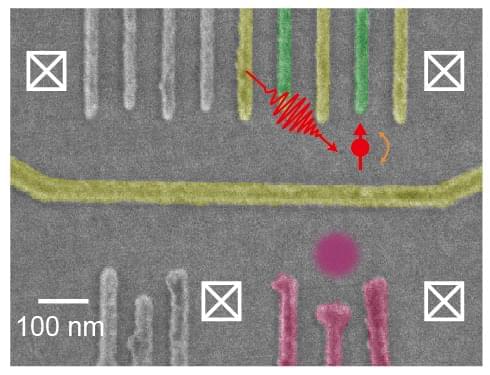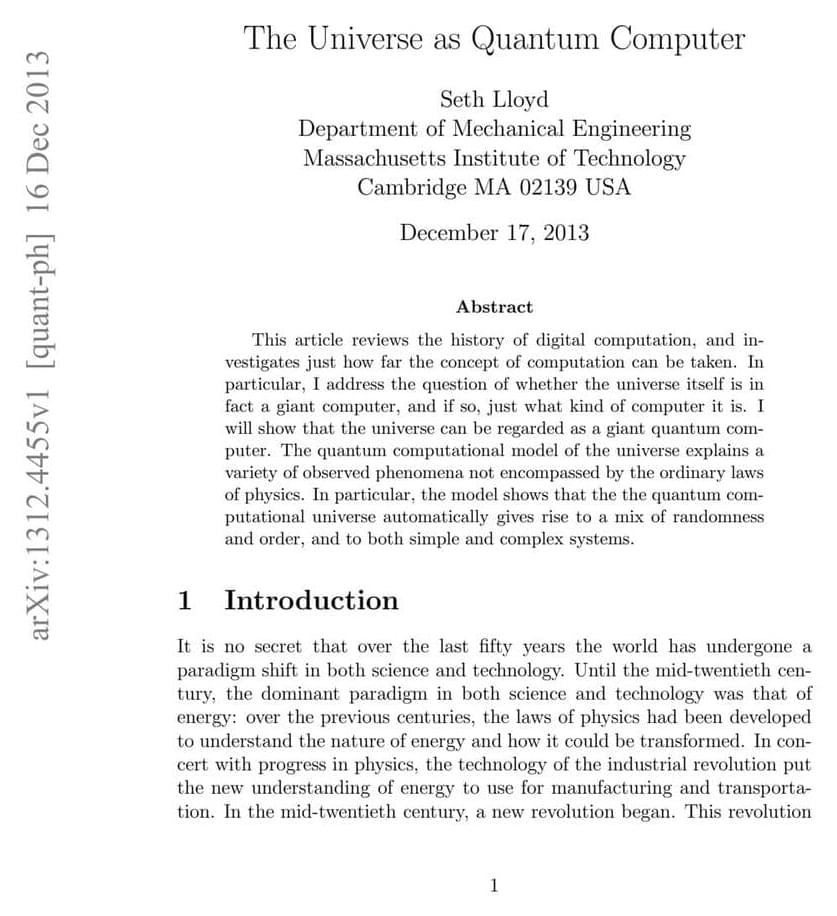In a study published in the journal Science Advances, researchers from Peking University have unveiled a miniaturized implantable sensor capable of health monitoring without the need of transcutaneous wires, integrated circuit chips, or bulky readout equipment, thereby reducing infection risks, improving biocompatibility, and enhancing portability. The study is titled “Millimeter-scale magnetic implants paired with a fully integrated wearable device for wireless biophysical and biochemical sensing.”
Category: computing – Page 191
Multiple Australian projects are on the cutting edge of neurotech breakthroughs and man-machine interfaces – raising questions of security and privacy for human minds.
Scientists have uncovered results that suggest a strong association between the risk of developing erectile dysfunction and computer usage.
As the world inches ever closer to mind-reading technology, some scientists are calling to legally enshrine the right to keep our thoughts to ourselves.
In interviews with Undark, neuroscientists — including those who are working to make these so-called brain-computer interfaces (BCIs) happen — revealed their concerns about the devices.
In one particularly telling exchange, a pair of researchers from the University of Texas at Austin who’ve successfully created a BCI that can rudimentarily translate brain waves into text described how it felt to realize their device was actually reading their thoughts.
Scientists around the world work hard to rinse quantum systems for noise, which may disturb the function of tomorrow’s powerful quantum computers. Researchers from the Niels Bohr Institute (NBI) have found a way to use noise to process quantum information. This raises the performance of the quantum computing unit, the qubit.
An international collaboration led by scientists at the Niels Bohr Institute (NBI), University of Copenhagen, has demonstrated an alternative approach. Their method allows to use noise to process quantum information. As a result, the performance of the fundamental quantum computing unit of information, the qubit, is increased by 700 percent.
The results were published recently in the journal Nature Communications.
Landauer’s principle formulated in 1961 states that logical irreversibility implies physical irreversibility and demonstrated that information is physical. Here we formulate a new principle of mass-energy-information equivalence proposing that a bit of information is not just physical, as already demonstrated, but it has a finite and quantifiable mass while it stores information. In this framework, it is shown that the mass of a bit of information at room temperature (300K) is 3.19 × 10-38 Kg. To test the hypothesis we propose here an experiment, predicting that the mass of a data storage device would increase by a small amount when is full of digital information relative to its mass in erased state. For 1Tb device the estimated mass change is 2.5 × 10-25 Kg.
Memory, or the ability to store information in a readily accessible way, is an essential operation in computers and human brains. A key difference is that while brain information processing involves performing computations directly on stored data, computers shuttle data back and forth between a memory unit and a central processing unit (CPU). This inefficient separation (the von Neumann bottleneck) contributes to the rising energy cost of computers.
Year 2023 😗😁
Famed musician and former Elon Musk boo Claire “Grimes” Boucher wanted a brain-computer interface (BCI) for her birthday — and one of Neuralink’s apparent competitors was happy to comply.
After Grimes tweeted about getting a “non invasive brain computer interface” for her birthday, AJ Keller, the CEO of the startup Neurosity, confirmed in an interview with Insider that his firm had indeed made a custom brain gadget for the “Kill V. Maim” singer.
While a tech company sending a nerdy sci-fi celebrity fan a gadget wouldn’t really be news on its own, the fact that Grimes is the mother to two of Musk’s children and is seemingly on pretty acrimonious terms with the Canadian-South African billionaire, who owns perhaps the most famous and one of the most controversial BCI companies in the world, makes this story incredibly juicy.
Researchers at Osaka University’s Institute of Scientific and Industrial Research (SANKEN) used the shortcuts to the adiabaticity (STA) method to greatly speed-up the adiabatic evolution of spin qubits. The spin flip fidelity after pulse optimization can be as high as 97.8% in GaAs quantum dots. This work may be applicable to other adiabatic passage and will be useful for fast and high-fidelity quantum control.
A quantum computer uses the superposition of “0” and “1” states to perform information processing, which is completely different from classical computing, thus allowing for the solution of certain problems at a much faster rate.
High-fidelity quantum state operation in large enough programmable qubit spaces is required to achieve the “quantum advantage.” The conventional method for changing quantum states uses pulse control, which is sensitive to noises and control errors.
1312.4455–2.pdf
Posted in computing, quantum physics
